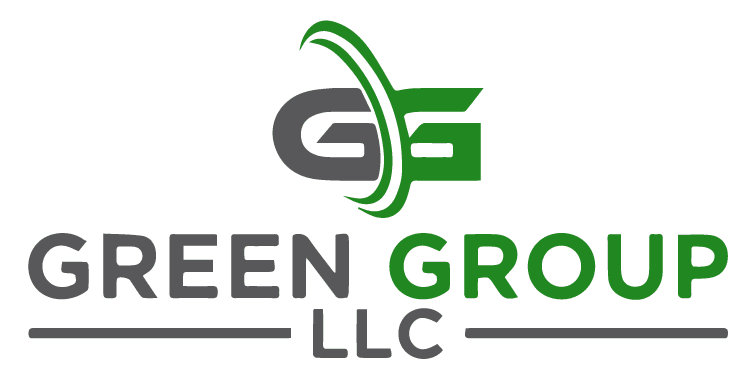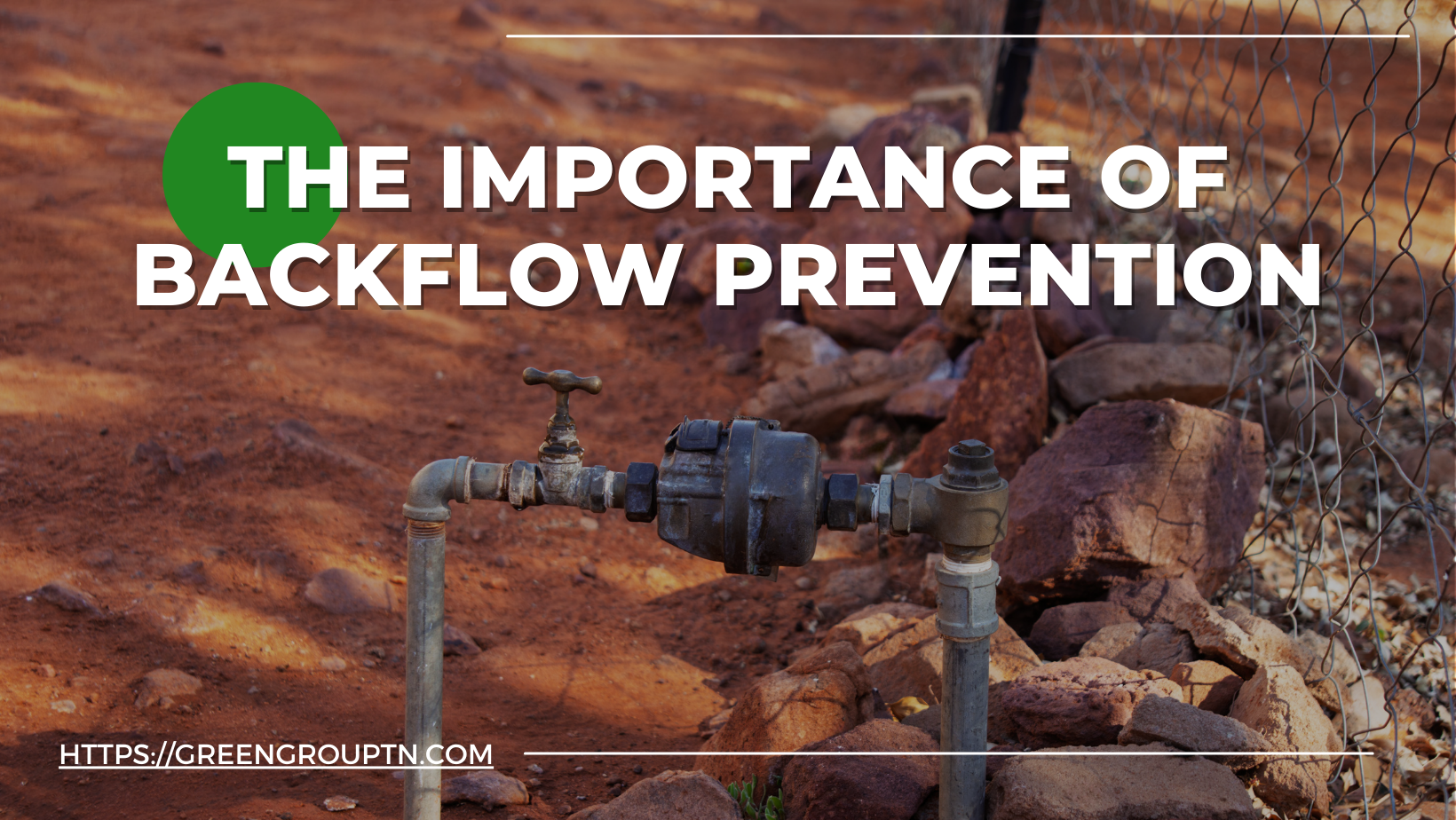Water is one of our most precious resources, essential for drinking, cooking, cleaning, and maintaining our daily routines. Yet, many homeowners remain unaware of a hidden danger that can compromise their water quality: backflow. In simple terms, backflow occurs when the flow of water in your plumbing system reverses direction, allowing contaminated water to enter your otherwise clean water supply. This can happen for several reasons, such as changes in pressure, sudden disruptions in the municipal supply, or faulty plumbing components.
At its core, backflow prevention is about protecting the health and safety of your household. Without it, you could unknowingly be consuming or using water tainted with harmful substances, bacteria, or chemicals. Beyond health hazards, backflow events can also cause costly property damage and require extensive cleanup. Understanding backflow, its causes, and the importance of prevention measures is crucial for every homeowner.
What is Backflow and Why Should You Care?
Normally, your home’s plumbing is designed to deliver clean, potable water to your faucets, showers, appliances, and other outlets while safely directing wastewater away. Backflow disrupts this simple logic. Instead of wastewater flowing out, it reverses course, entering your clean water lines. Two primary scenarios cause backflow:
- Backpressure:
This occurs when the pressure in a non-potable system (like a heating or fire sprinkler system) surpasses the pressure in the potable system. The imbalance pushes contaminated water back into the clean supply line. - Back-siphonage:
The opposite scenario, back-siphonage, happens when there’s a sudden drop in water pressure in the potable line. This creates a vacuum effect, sucking contaminated water from other sources—like a garden hose submerged in a pool or a chemicals-laden basin—into the clean system.
Whether through backpressure or back-siphonage, backflow can introduce contaminants ranging from industrial chemicals and pesticides to harmful bacteria and viruses into your home’s drinking water.
Health Risks and Property Damage
The immediate and most concerning risk of backflow is health-related. Contaminated water can contain pathogens like E. coli or giardia, leading to gastrointestinal illnesses, fever, and more serious health issues. Chemical contamination can introduce toxins that cause acute symptoms like nausea and dizziness or long-term health problems if consumed over time. Heavy metals like lead can also enter your water supply via backflow, posing severe health risks for children and pregnant women.
In addition to health hazards, backflow can cause significant property damage. Wastewater or contaminated liquids backing up into sinks, bathtubs, or even your home’s lower levels can result in flooding, and damaging flooring, walls, furniture, and personal belongings. Reversing such damage is not only expensive but also time-consuming. The longer contaminated water remains in your home, the higher the remediation costs and the greater the potential for mold growth and structural issues.
Causes of Backflow: Going Beyond the Basics
While we’ve touched on backpressure and back-siphonage, it’s helpful to understand real-world scenarios:
- Cross-Connections: A direct link between a potable water line and a source of contamination (such as a hose submerged in a bucket of chemicals) can pave the way for backflow events.
- Pressure Fluctuations: Emergencies like firefighting efforts or major water main breaks can drastically lower the municipal water pressure, pulling contaminated water into your home’s supply.
- Faulty Installations: Improperly installed or outdated backflow preventers can fail under certain conditions, leaving your water supply vulnerable.
Prevention: Your Best Defense Against Backflow
Given the stakes, prevention is not just wise—it’s necessary. Specialized devices known as backflow preventers are designed to keep contaminated water from flowing in the wrong direction. Common backflow prevention devices include:
- Reduced Pressure Zone Assemblies (RPZ): Often considered the gold standard, these units feature multiple check valves and a relief valve to stop contaminated water in high-hazard conditions.
- Double-Check Valve Assemblies (DCVA): Using two check valves in succession, these are suitable for low-hazard situations and simpler to maintain than RPZs.
- Pressure Vacuum Breakers (PVB): Typically used in irrigation systems, PVBs protect against back-siphonage but not backpressure, making them ideal for specific settings.
Maintenance and Testing: Ensuring Continuous Protection
Simply installing a backflow preventer is not enough. Over time, these devices wear out, gaskets can fail, and debris can accumulate. Regular maintenance and annual testing by a certified professional ensure that your backflow prevention device continues to operate correctly.
- Routine Inspections: Annual inspections help catch minor issues before they escalate. Components like seals, springs, and check valves must be clean and functional.
- Professional Testing: Some municipalities require annual testing to ensure compliance with local ordinances. Even if not mandated, professional testing provides peace of mind and confirms that your system is adequately protected.
- Timely Repairs or Replacements: If testing reveals a malfunction, prompt repairs can prevent a backflow event. In some cases, replacing an older device with a newer, more reliable model is the best move.
DIY Attempts vs. Professional Expertise
While many homeowners excel at DIY projects, backflow prevention is not a task to tackle without proper training. The installation, maintenance, and testing of backflow devices require a professional understanding of plumbing codes, pressure dynamics, and correct placement to ensure they work as intended. Incorrect installations or neglecting necessary maintenance can render these devices ineffective, putting your family and home at risk.
Local Regulations and Compliance
Many areas have strict regulations and codes to ensure the public water supply remains safe. You may be required to have a backflow prevention device if you have certain irrigation systems, swimming pools, or commercial operations. Compliance isn’t just about avoiding fines; it’s about ensuring safe, clean drinking water for your household and community. Regular inspections and certifications may be necessary to prove that your system meets local standards.
Why This Matters for Every Homeowner
Backflow prevention isn’t a niche concern reserved for commercial buildings or large estates. It matters in every home, regardless of size or location. Contamination can occur in any plumbing system, and the health and safety of your household’s water supply is always at stake. Proactive steps taken now—whether installing a backflow prevention device, scheduling inspections, or seeking professional advice—can prevent costly damage and serious health issues later.
At the end of the day, your home’s plumbing system is integral to your comfort and well-being. Investing in backflow prevention measures ensures that the water you drink, cook with, and bathe in remains safe and pure.
Don’t wait for a crisis to highlight the importance of clean water. Contact Green Group today at www.greengrouptn.com to learn more about backflow prevention services, schedule an inspection, or discuss any concerns you may have. With professional guidance and ongoing maintenance, you can enjoy peace of mind knowing your home’s water supply is well-protected.

